
Supermarket egg prices have risen by as much as 45% in the space of five months as shortages continue to plague the sector.
As many as 57 shell egg lines sold in the traditional big four, Aldi, Lidl and Waitrose have risen at least 10% in price since the start of the year, shows analysis of Assosia data by The Grocer – and many lines have risen by a far higher percentage.
The biggest price move was for a Big ‘n’ Free large egg six-pack in Tesco, which has risen in price by 44.4% since w/c 2 January. It is now £2.60, following a 10p increase a fortnight ago.
The second-biggest price move was for a Purely Organic mixed weight 10-pack in Tesco. At £4.50, is now 36.4% pricier than it was in the new year and 45.3% more expensive than in January 2022.
A Happy Egg Co large six-pack sold by Sainsbury’s, meanwhile, at £2.70, is 28.6% more expensive than it was at the start of January, and 54.3% dearer than in January 2022.
It comes after a fresh tranche of price hikes over the past month, which have resulted in a total of 25 egg lines seeing further increases in price across the key retailers – the biggest of which was a 10.7% jump to £3.10 in mid-April for a Happy Egg Co mixed weight 10-pack in Tesco.
And amid ongoing inflation across the category, shoppers are also still enduring the same sporadic shortages first seen last autumn.
It was for this reason that Tesco this week told The Grocer it continued to have a buying limit of three egg boxes per customer.
How long before eggs crack under the pressure? Eggs category report 2023
Sainsbury’s CEO Simon Roberts also referred to the issue last week in a media Q&A following the publication of the retailer’s annual results.
“On eggs, we’re not 100%, we have a range of eggs but not all of them… I don’t think eggs will be fully recovered for a while,” he said.
However, these supply issues could soon be alleviated as producers start to see increased returns, suggested British Free Range Egg Producers Association CEO Robert Gooch.
He said the situation at farm level had “changed dramatically” since the height of the egg supply crisis towards the end of 2022.
The price paid to farmers this month averaged 140p/dozen, according to data by consultancy Adas for BFREPA, up 49.6% on the average of 93.6p/dozen last May.
It means producers are now seeing an average positive margin of 13.8p/dozen versus a 23.8p/dozen loss a year ago.
“The irony is that the price has gone far and beyond where it needed to go, with egg shortages [from hard-up producers reining back production] driving that price movement upwards,” Gooch added.
“If [supermarkets] had just kept producers in business and covered feed costs last spring and summer, these prices would never have risen as high as they have.”
Falling hen numbers plateaued in January, Gooch said, and were now “gradually increasing” as producers came back into the fold.
BFREPA data shows laying hen numbers are now at 25.5 million across the free range egg sector, having risen from 25.1 million in January. They stood at 25.5 million last May.




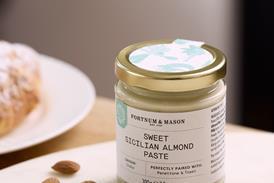



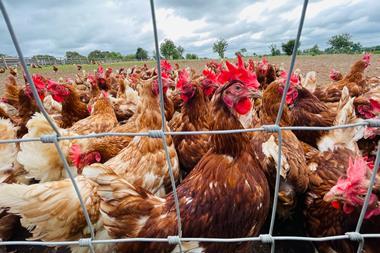
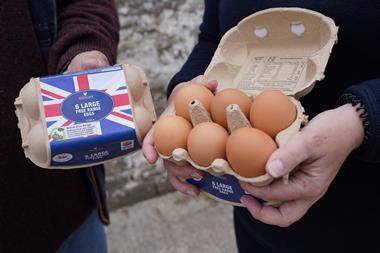
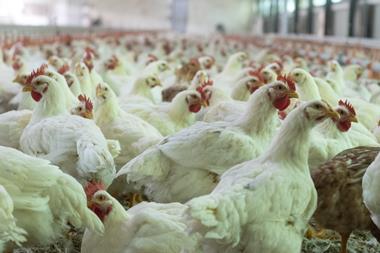
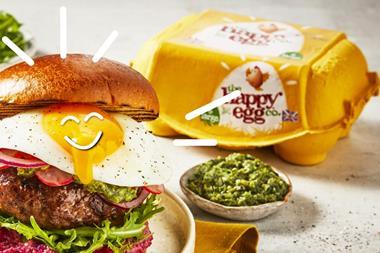
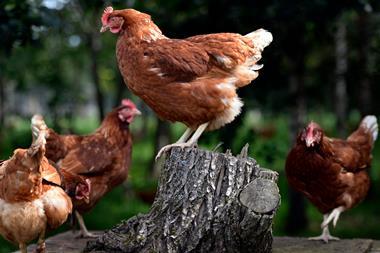
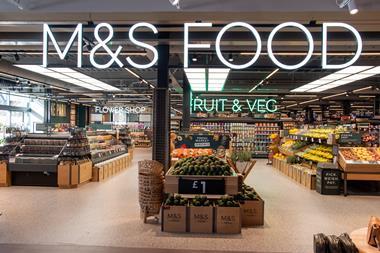

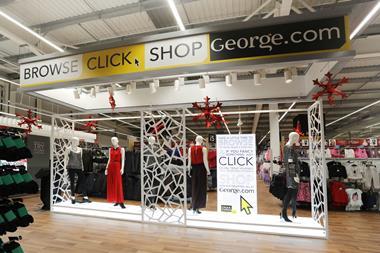


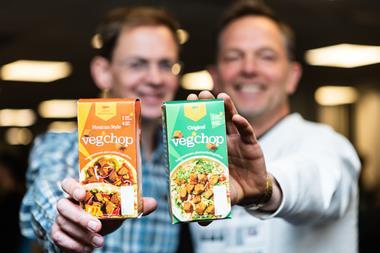
No comments yet